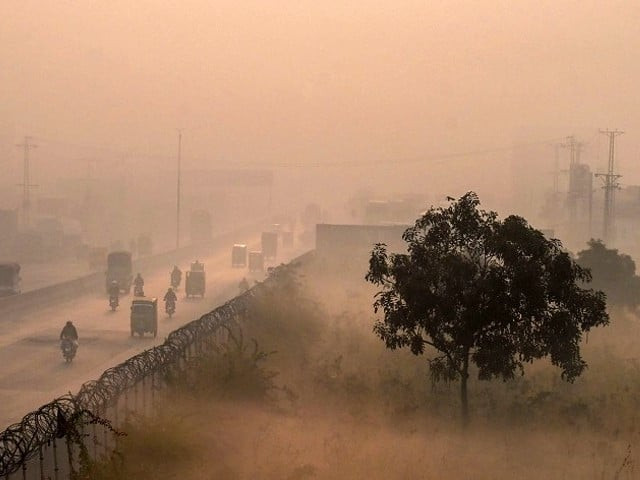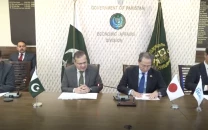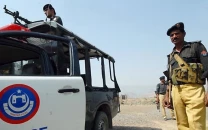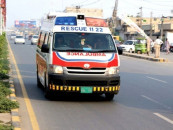Urbanisation strains civic services
Expansion of provincial capital over green areas intensifies pollution

Unchecked urbanisation is straining the provincial capital’s municipal, traffic, transport, education, health and drinking water facilities, while also aggravating environmental problems being already faced by the citizens.
An expert warned that the continued migration of people from villages to Lahore due to poor planning of facilities in their areas by the government and development agencies might leave the city inhabitable if steps were not taken to improve the situation.
Speaking to The Express Tribune, Dr Nasir Javed, an expert on urbanisation, said there was an urgent need to stop the population and area of Lahore from increasing. He said multi-storied buildings should have been built earlier in the provincial capital, but progress in this regard had begun recently.
The expert said the situation could be improved by bringing up to 4,000 buses onto the city roads so that the residents could travel on public transport instead of a large number of private vehicles causing traffic and environmental problems. He said the imminent problems could be solved if the development agencies fulfilled their responsibilities, but Lahore might not remain habitable after a few years if steps to improve the situation were not taken.
Another expert said governments the world over provide adequate education, health and other facilities of daily life to the residents of villages and cities to check migration of people but such planning had not been witnessed in Punjab. Official data shows that the population of Lahore has doubled from about seven million recorded 20 years ago and the city continues to expand.
Read Lahore ranked among most polluted cities
The main reason appears to be a substantial difference in the level of health, education and municipal facilities along with employment and business opportunities available in the provincial capital and the surrounding areas.
The facilities available in Lahore are unmatched by the other 36 districts of the province. As a result of a large number of people moving from villages to cities, especially Lahore, private residential societies are being set up on adjoining agricultural land despite a ban.
An official said there were 334 housing schemes approved by the relevant authorities in Lahore, but more than 200 others were being developed illegally. Elimination of green areas around the city has also aggravated the problems linked to pollution. Lahore’s Master Plan 2020, which was prepared 20 years ago, could not be implemented.
Commenting on the situation, a resident of the city said the problems in residential and commercial areas had persisted over the past years. Successive governments spent billions of rupees on development projects like the Orange Line Train, Metrobus, underpasses and flyovers but the problems of citizens kept increasing due to the rising population. Now a master plan for 2050 is being prepared, but it is unclear whether it would address adequately the challenge of urbanisation.
An expert said that in view of the scarcity of resources, the government should at least ensure the availability of good hospitals, universities, markets and other facilities in all divisional headquarters of the province.
When contacted, Environmental Protection Department Deputy Director Ali Ijaz said all available resources were being utilised to curb pollution in accordance with directives of the provincial government. He said problems emerging in the provincial capital could be solved through coordinated efforts of all the relevant authorities.


















COMMENTS
Comments are moderated and generally will be posted if they are on-topic and not abusive.
For more information, please see our Comments FAQ